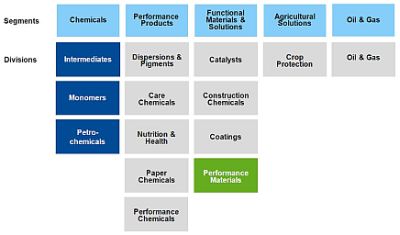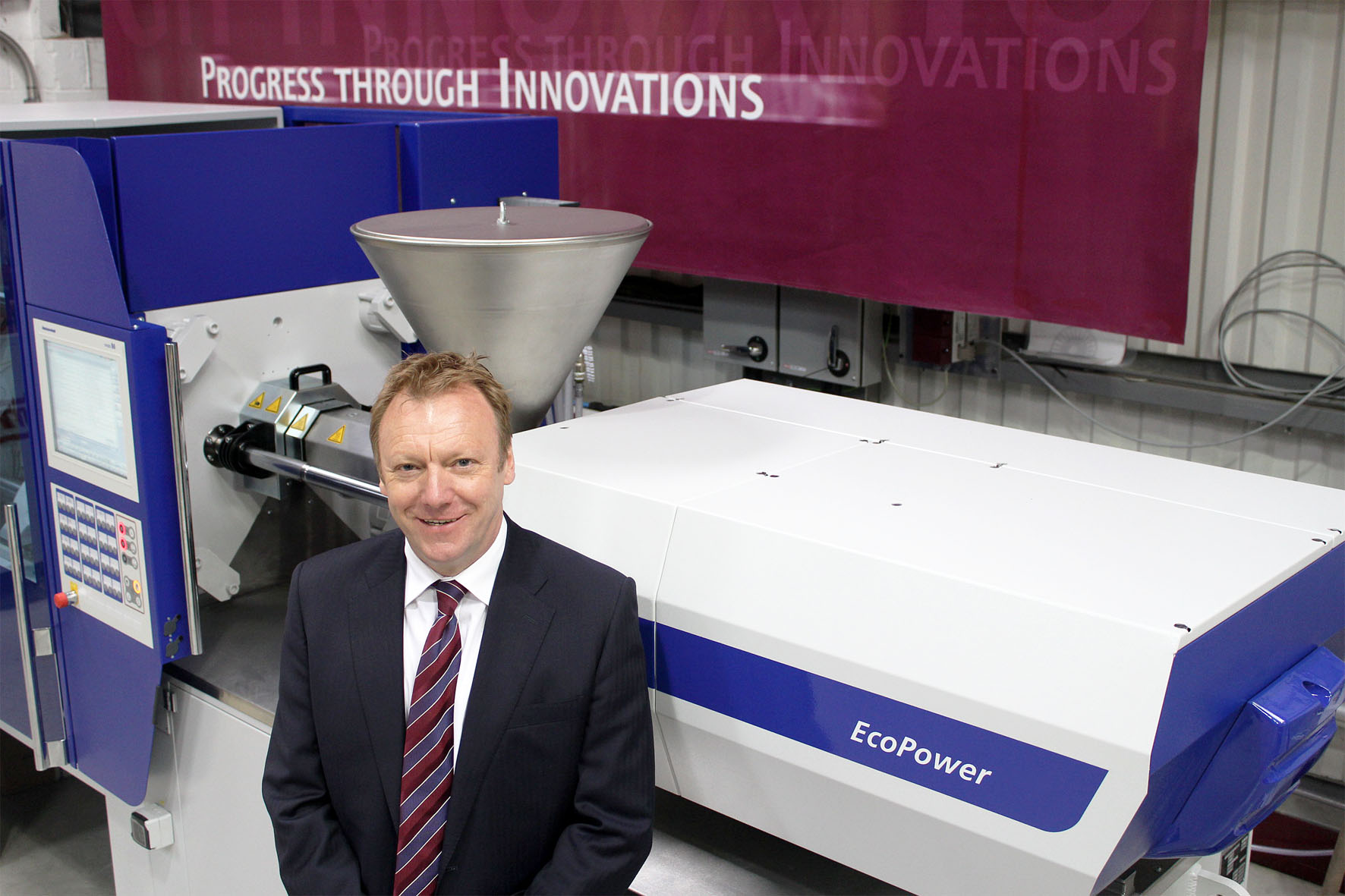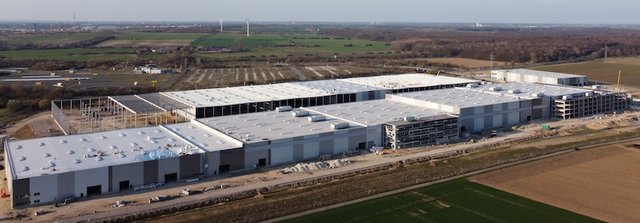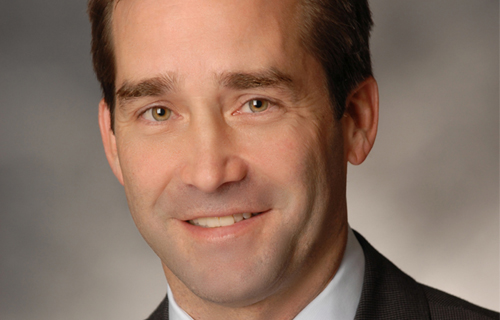BASF is reconstructing its organizational structure, effective as of January 1, 2013. According to its statement, the number of segments will be reduced from 6 to 5 and the number of divisions from 15 to 14.
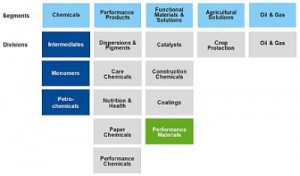
“The scope of skills and know-how that we combine under one roof is what sets us apart from our competitors. In the new organization, the bundling of product groups with the same business model will help management to better focus on the success factors necessary to be a market leader both in meeting customer’s needs and in operational excellence,” said Dr Kurt Bock, Chairman of BASF’s Board of Executive Directors. As of January 1, 2013, a new division Performance Materials will be created in the current Functional Solutions segment which will be renamed Functional Materials & Solutions.
Other divisions in this segment remain the Catalysts, Construction Chemicals and Coatings divisions. The newly created Performance Materials division will bundle BASF’s downstream plastics from the current Performance Polymers and Polyurethanes (PU) divisions. The new division will focus on important customer industries such as automotive, construction, electrics and electronics. Product groups include PU systems, engineering plastics, thermoplastic polyurethanes (TPUs), Cellasto, biopolymers, functional foams, Styropor, Neopor, Styrodur, and epoxy systems.
Raimar Jahn, currently Head of the Polyurethanes division, will become head of the Performance Materials division. Dr Martin Brudermüller, Vice Chairman of the Board of Executive Directors, will be responsible for the division on the Board. The remaining activities of the current Plastics segment, which is being dissolved, will become part of the Chemicals segment. The Chemicals segment will continue to focus on developing BASF’s production Verbund. Board member Wayne T Smith, will remain responsible for the Chemicals segment. The three divisions in the segment will be more strongly focused along chemical value chains to minimize interfaces.
The Intermediates division will focus primarily on the C1 value chain. Product groups include amines, butanediol and derivatives including PBT, polyalcohols, organic acids & specialities, methanol, formaldehyde, life science intermediates and Oase gas treating solutions. Sanjeev Gandhi will continue to head the Intermediates division. The newly created Monomers division will bundle the majority of product groups from the current Inorganics division with many of the large-volume monomers and basic polymers from the current Performance Polymers and Polyurethanes divisions. Products in the new division include MDI, TDI, caprolactam, adipic acid, HMD, Polyamide 6 and 6.6, ammonia, nitric acid, sulfur products, chlorine products, melamine, glues & resins and electronic materials. Head of the new Monomers division will be Stefano Pigozzi, currently Head of the Inorganics division.
The current Petrochemicals division will be expanded to include propylene oxide thus bundling all major derivatives of propylene together with other cracker products. Prof Dr Rainer Diercks will remain head of the Petrochemicals division. The Performance Products, Agricultural Solutions and Oil & Gas segments remain unchanged.
Source : http://www.adsalecprj.com/Publicity/MarketNews/lang-eng/article-128375/Article.aspx

